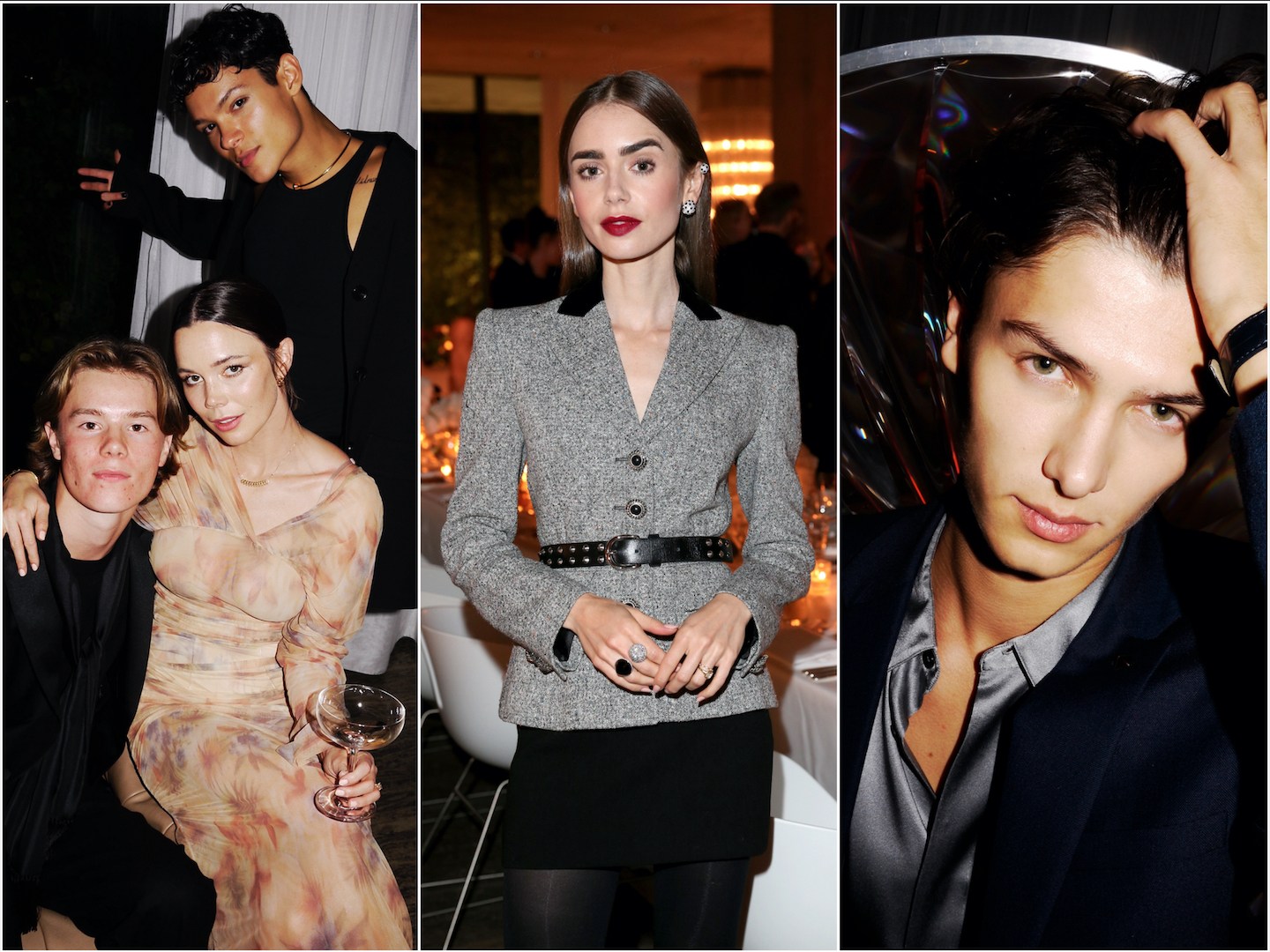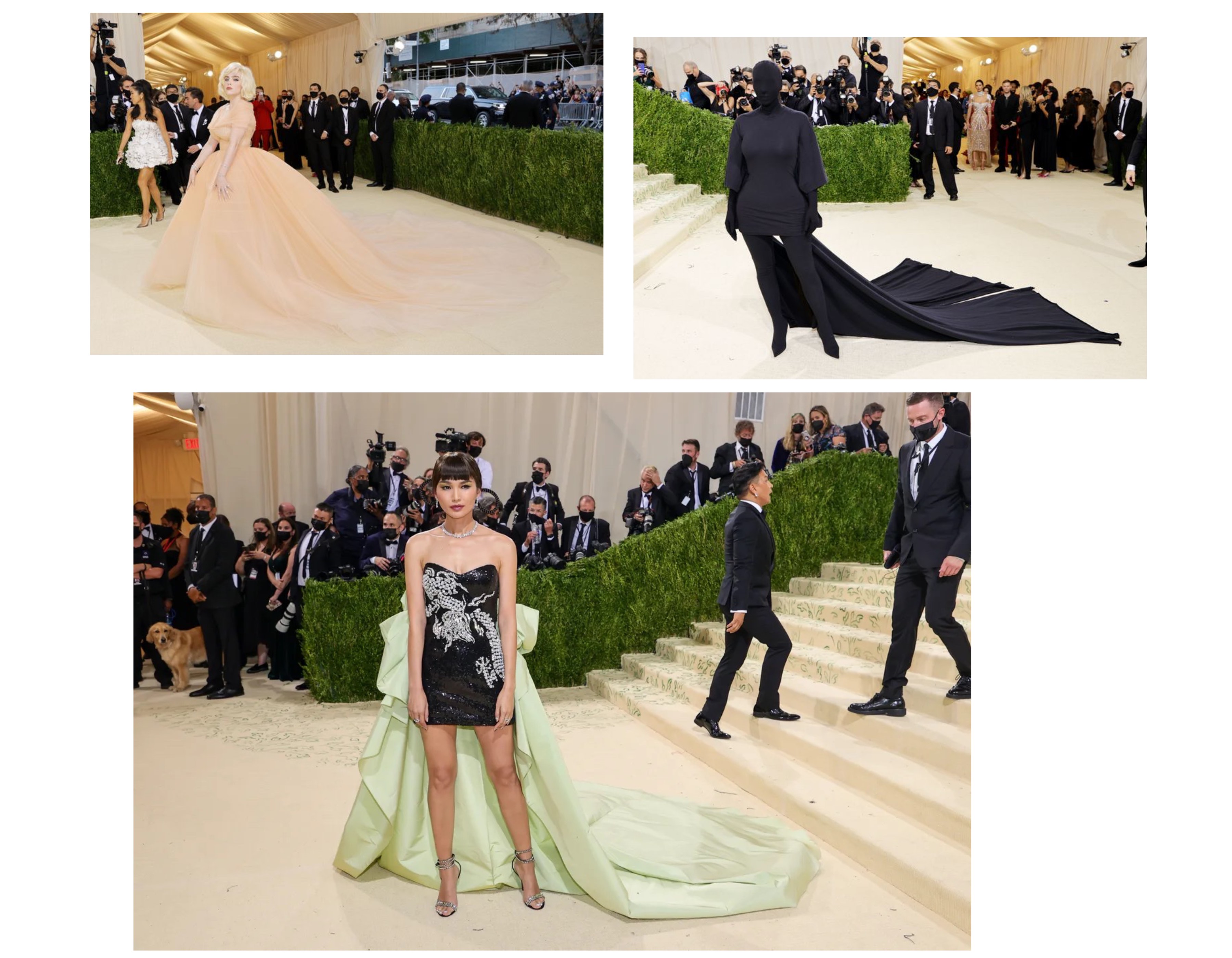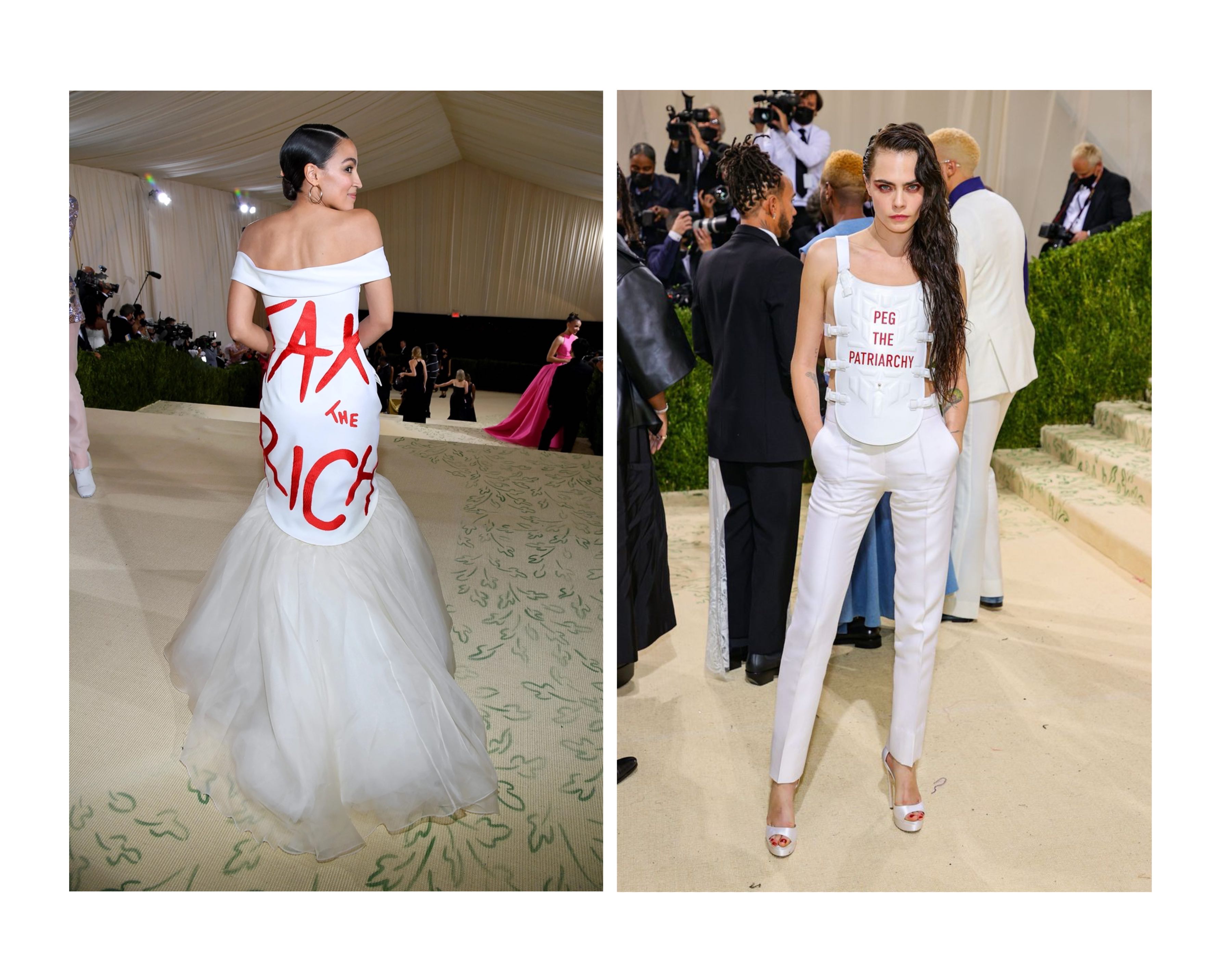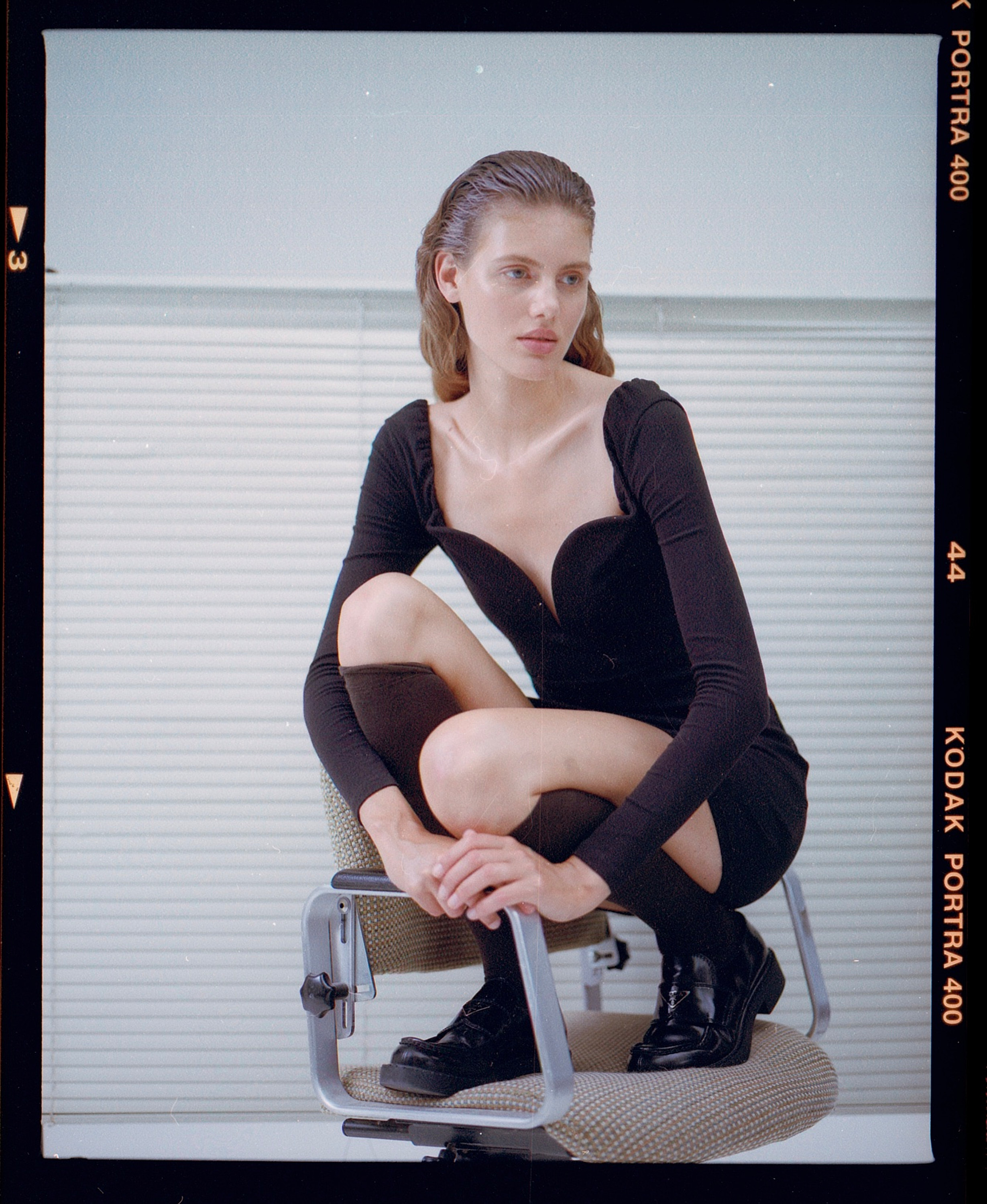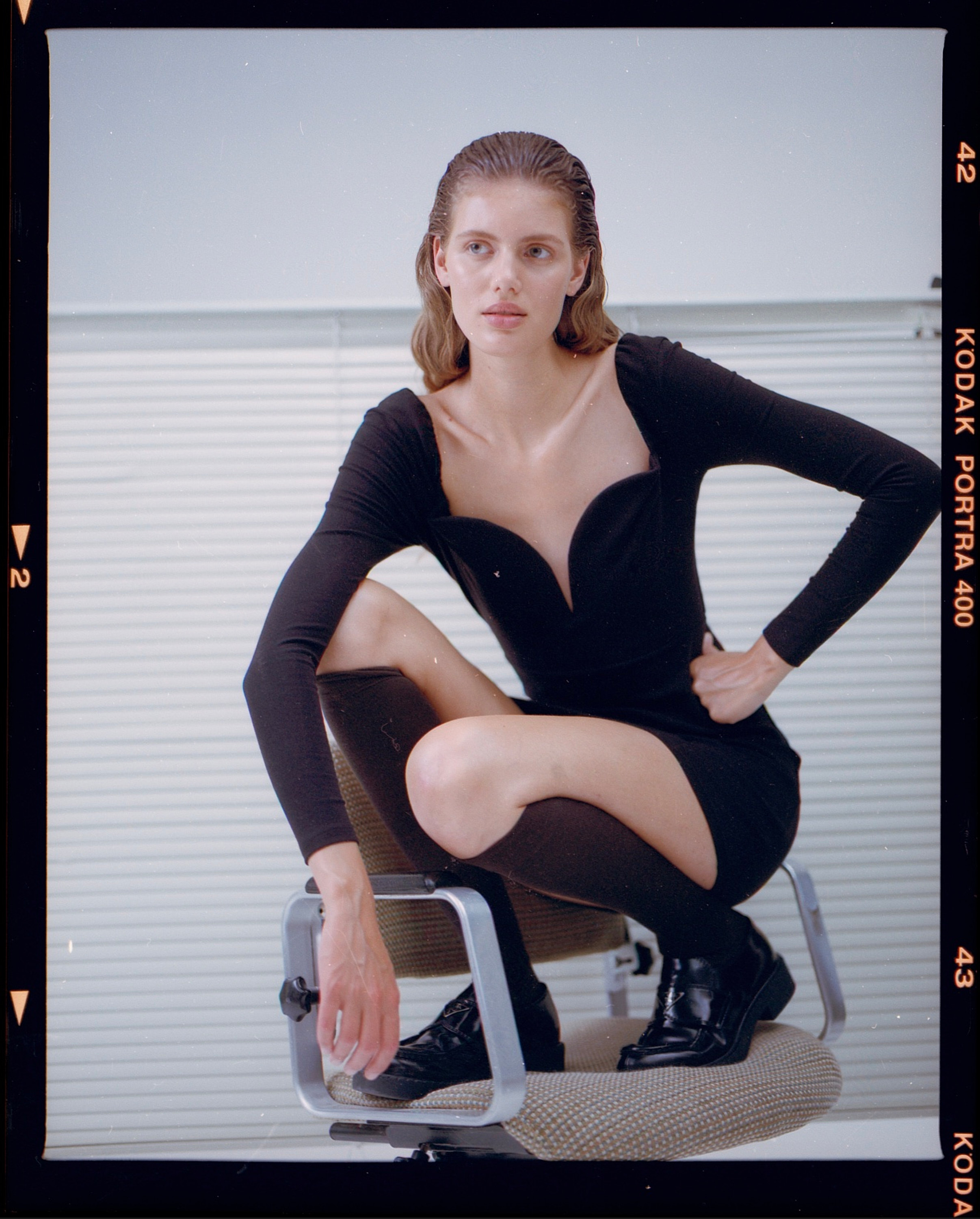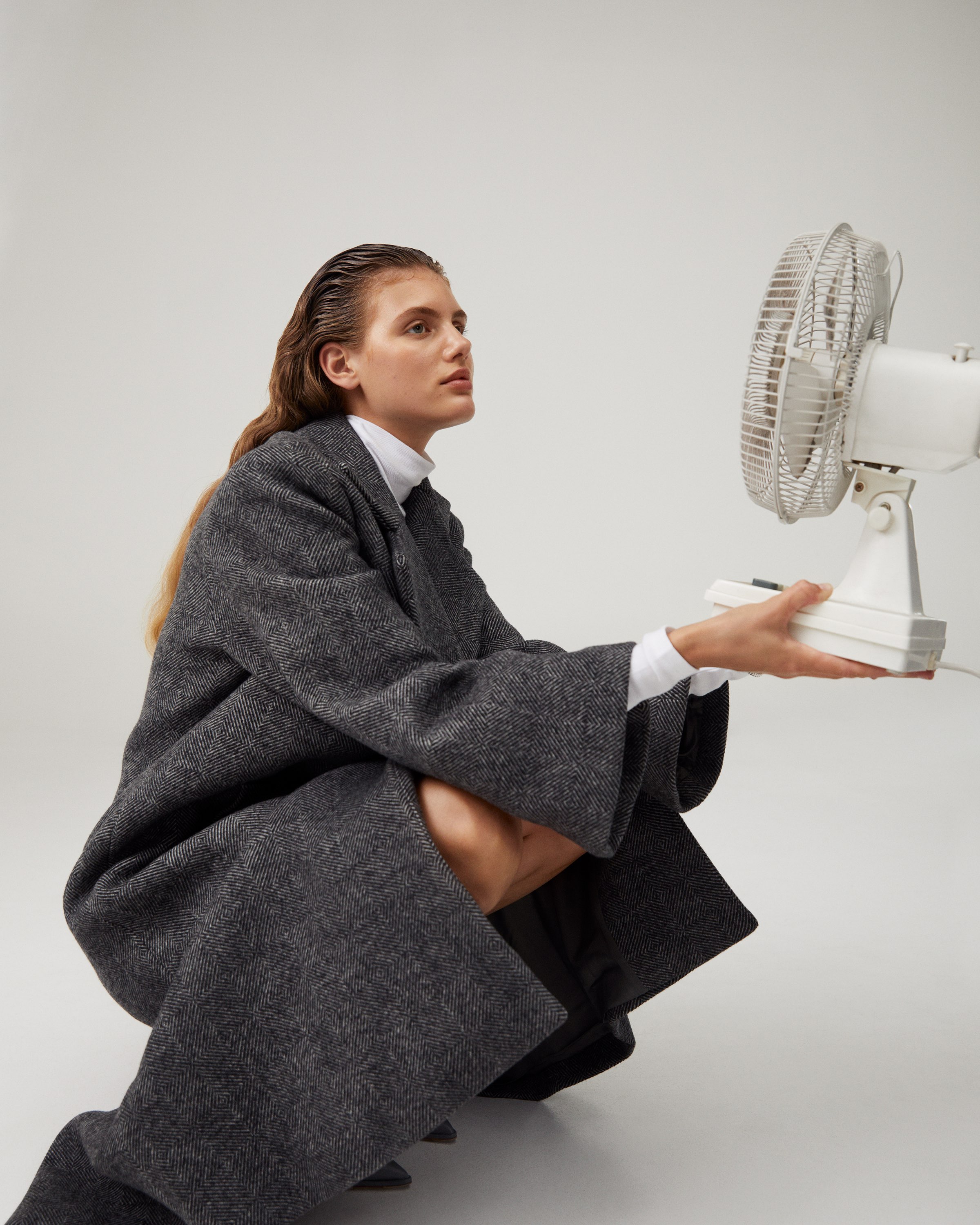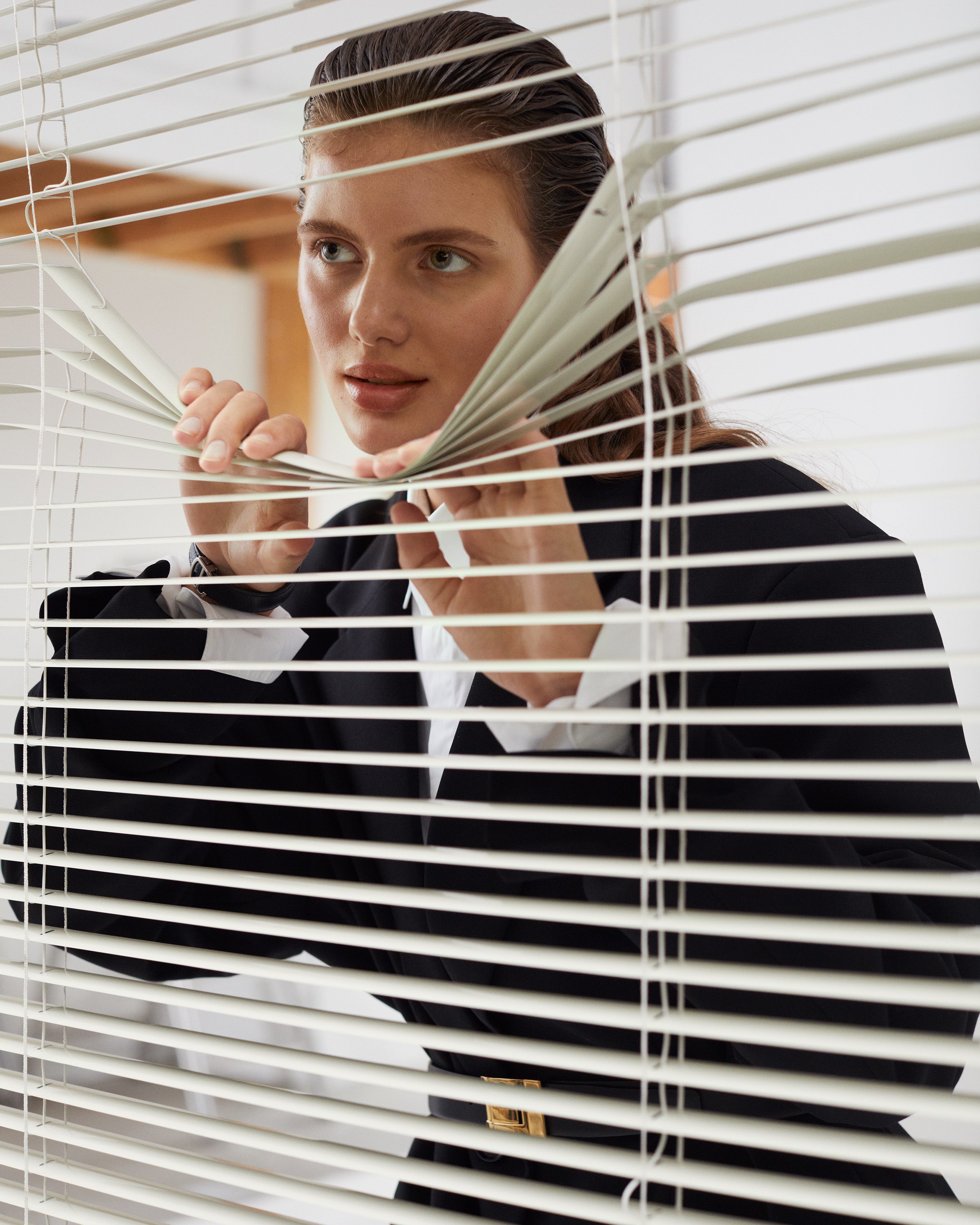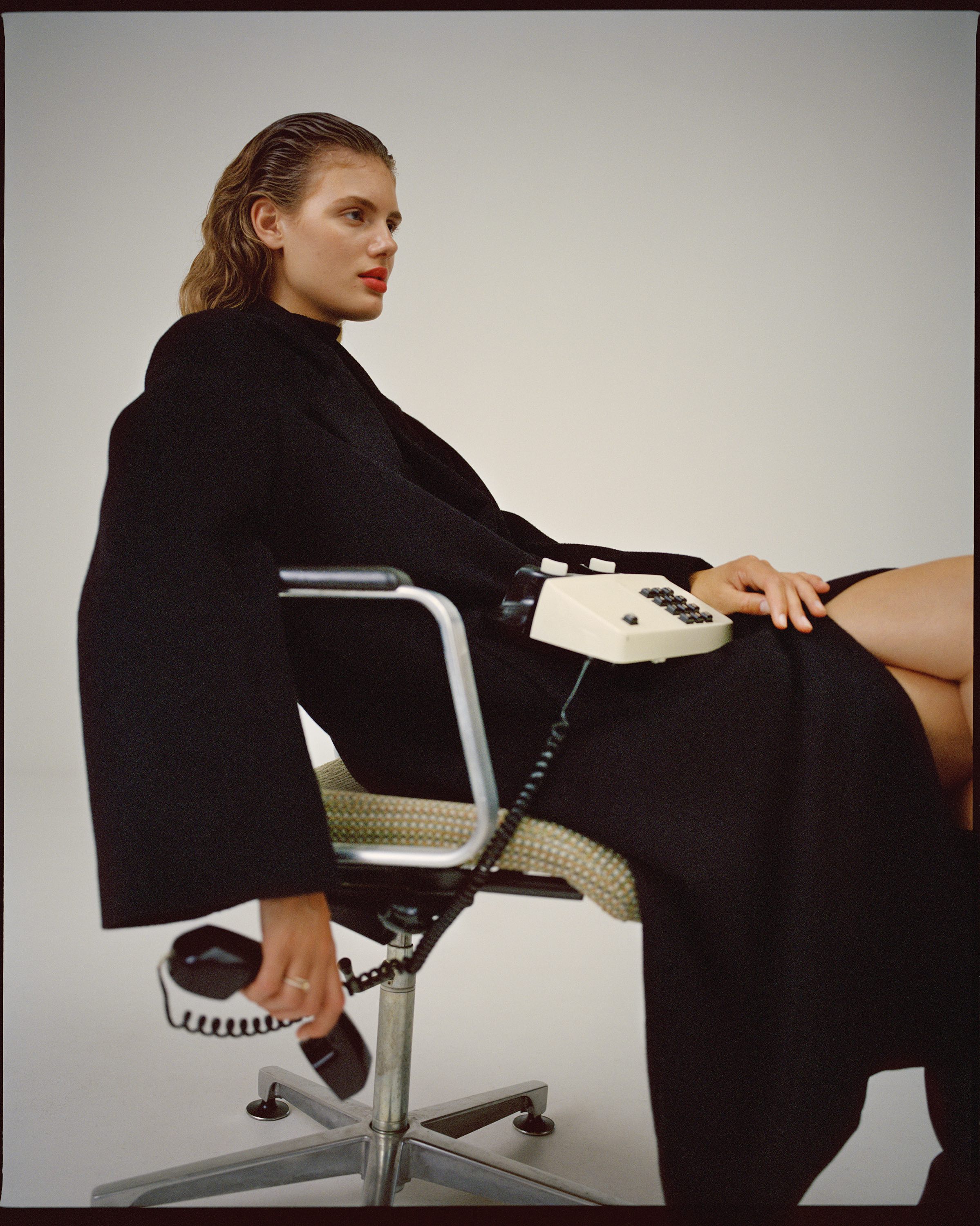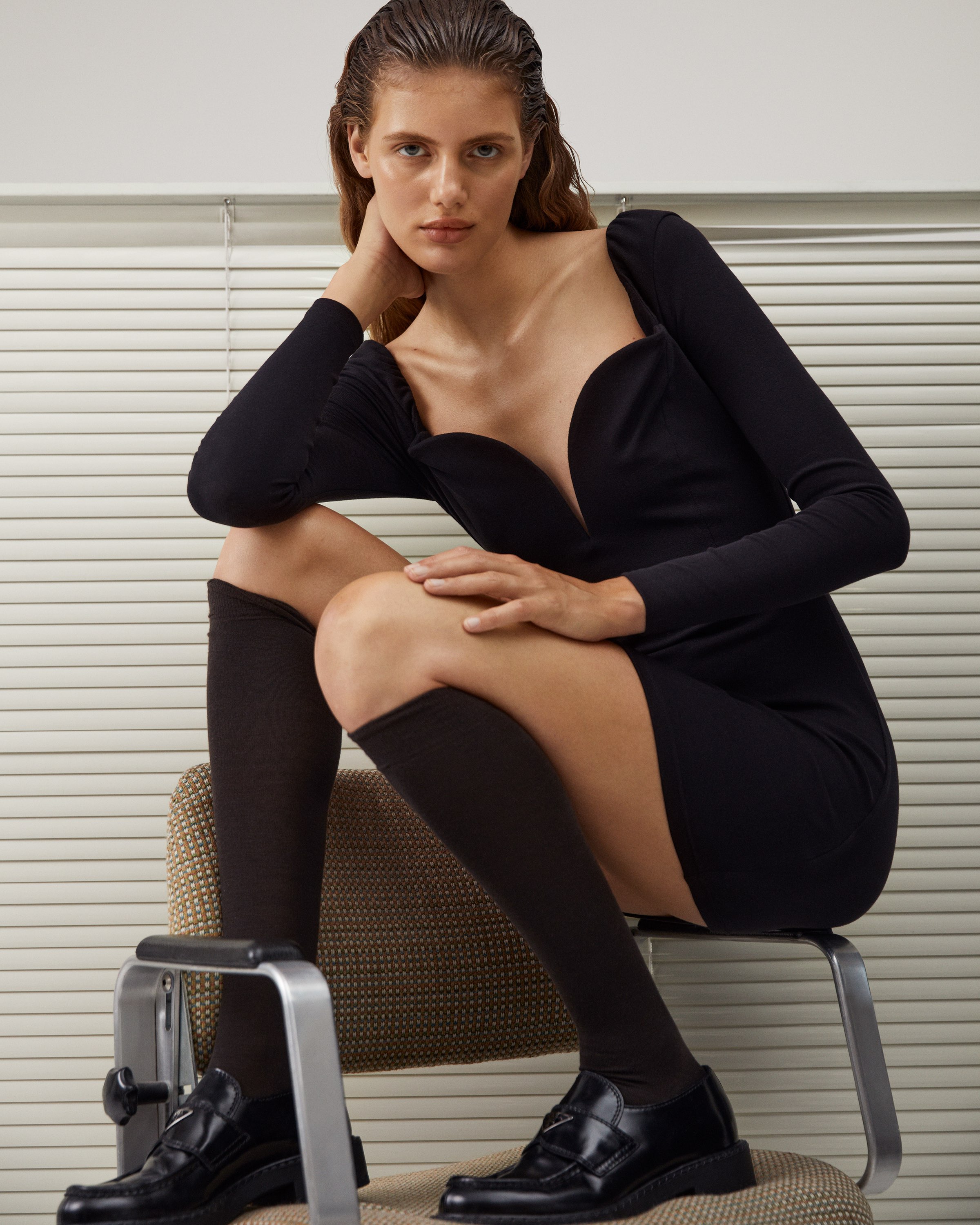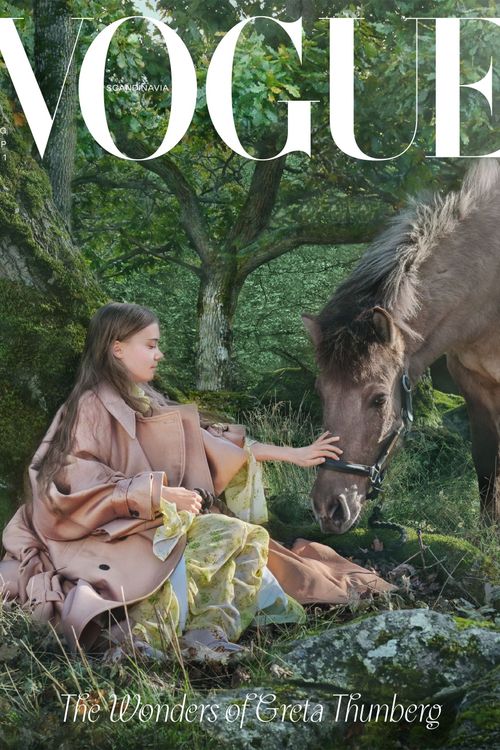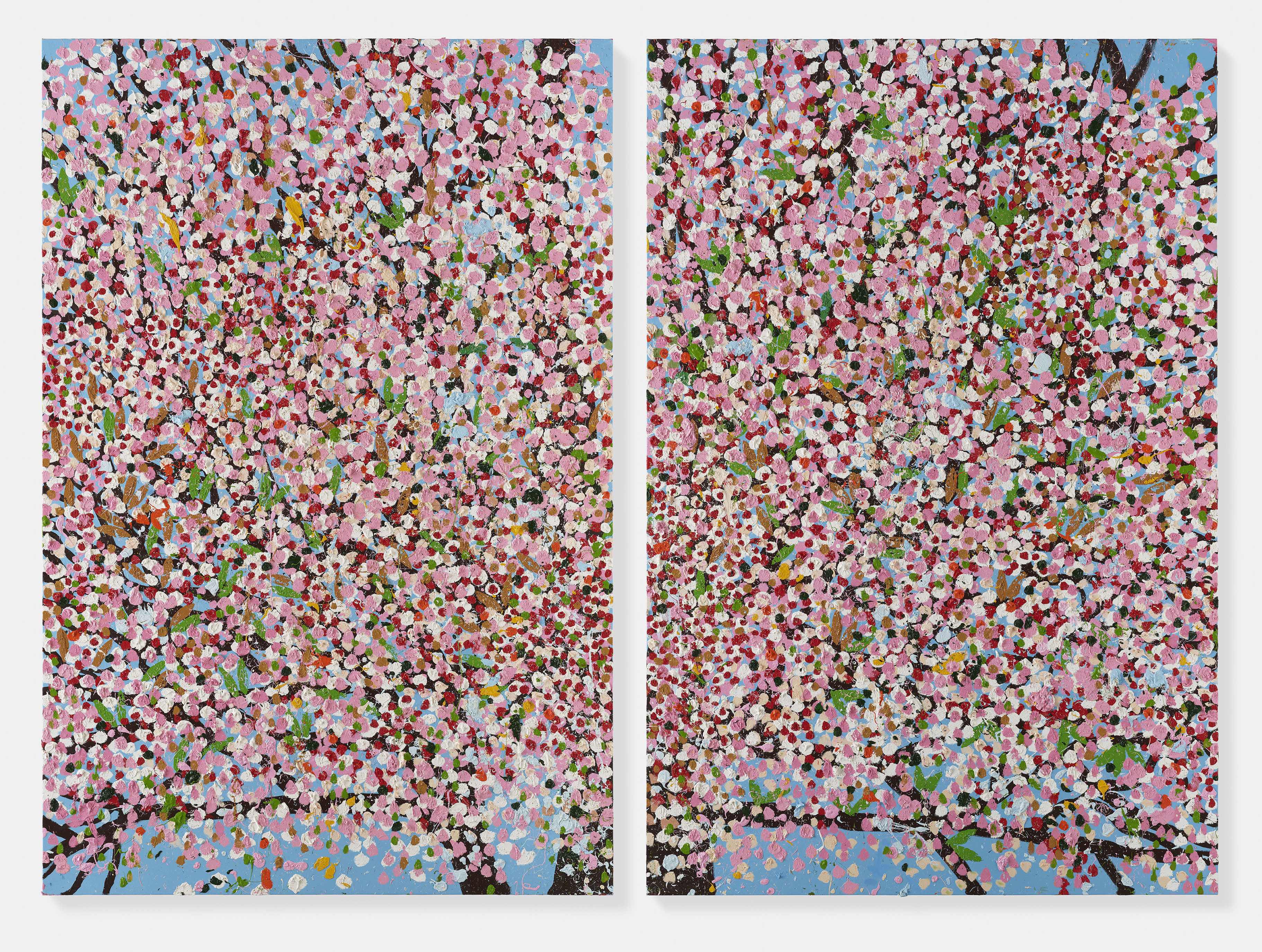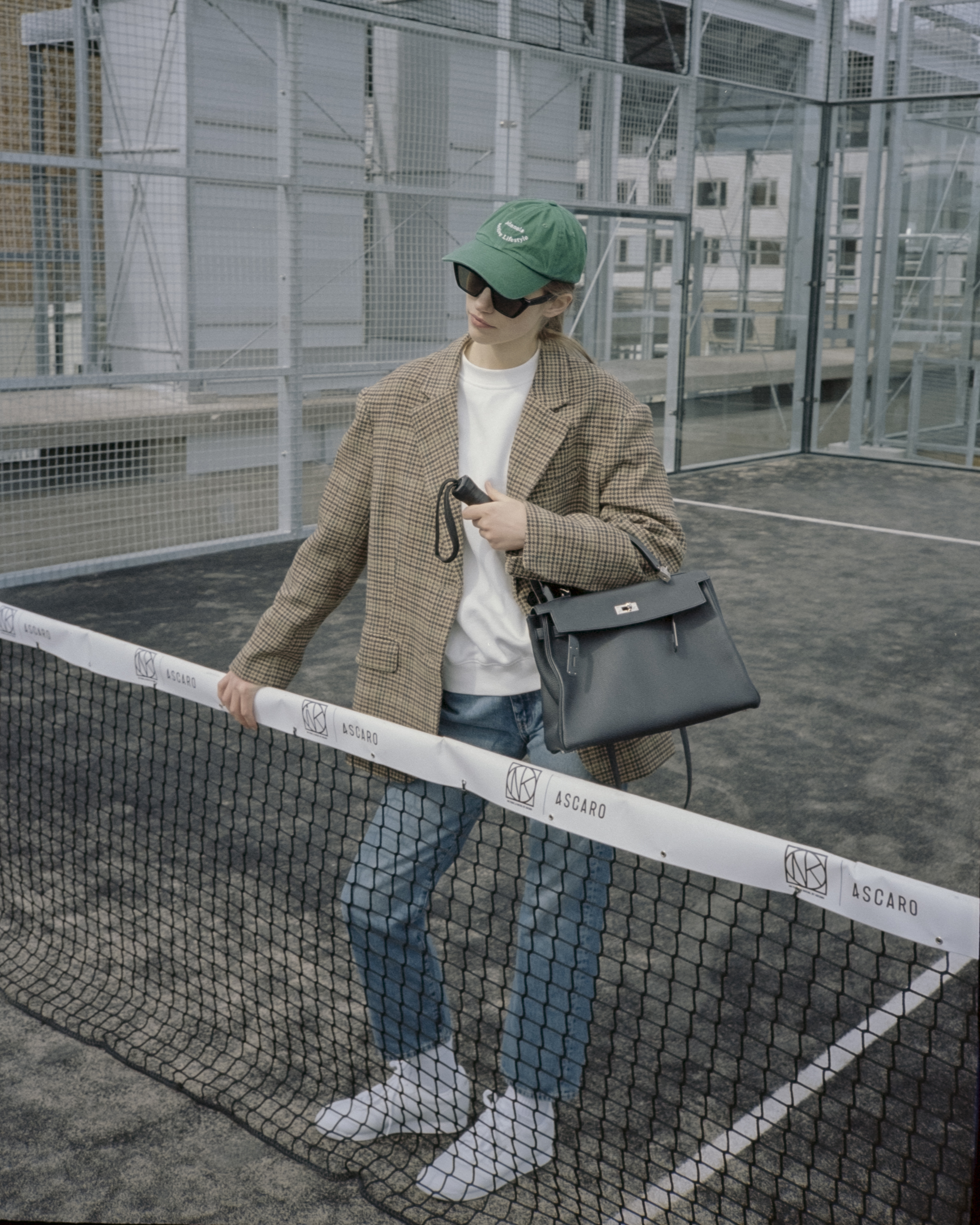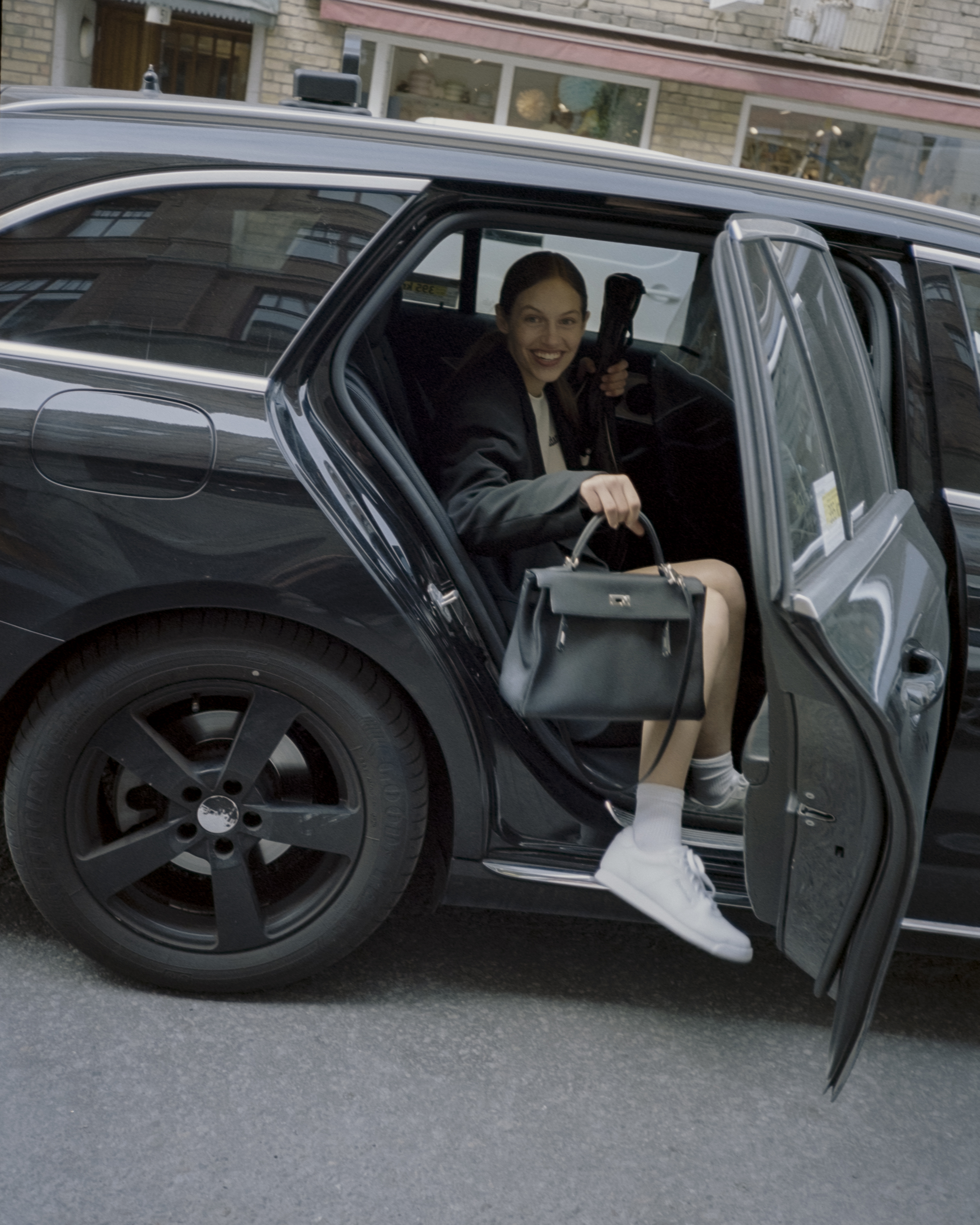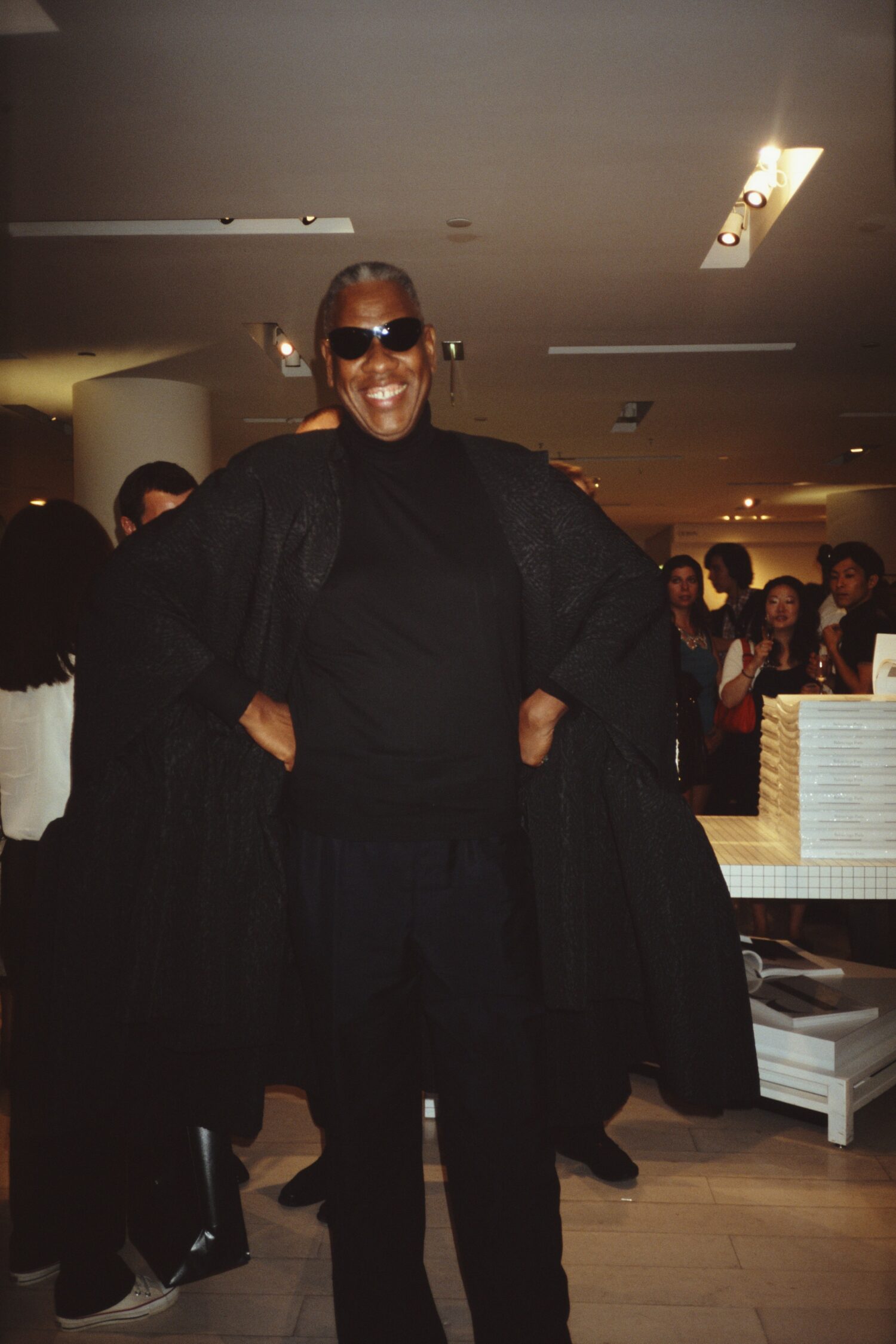
It’s with a heavy heart to face the fact that the one and only, larger-than-life Vogue editor, André Leon Talley passed away at the age of 73. A week has passed since he suddenly died from a heart attack, which has given us time to reflect on just how important he has been for the fashion industry.
Talley had a long impressive resume starting off as an intern for Diane Vreeland at the Museum of Modern Art. Followed by Andy Warhol, Interview Magazine, Women’s Wear Daily and The New York Times before finally setting his first step inside of Vogue 1983 as fashion news director. He grew within the magazine and was appointed creative director 1988, making him the magazine’s first ever African-American male creative director.
Many may know him for his big personality, extravagant capes and his biting comments. In all his fabulousness he was one thing first and foremost – a pioneer. Talley was the biggest champion and booster for the industry, and especially when it came to diversity. He pushed top designers to feature a more inclusive cast of models on the runway and behind the scenes. Every day he was in the fashion scene he was challenging the industry to be more inclusive. In his documentary The Gospel According to André, Talley says, “you don’t get up and say, ‘look, I’m Black and I’m proud,’ you just do it and it impacts the culture.” It’s safe to say that he impacted it big time. He was always quick with encouraging advice or a course correction, like the fairy godmother for the whole fashion community. He was a grand man, in all his glory of six foot seven inches to be exact he’ll forever be the one. The driving the industry forward, pushing the boundaries in making it better and broader.
“I’d like to be remembered as someone who made a difference in the lives of young people – that I nurtured someone and taught them to pursue their dreams and their careers, to leave a legacy.”
We can assure you André that we will, and you did.

